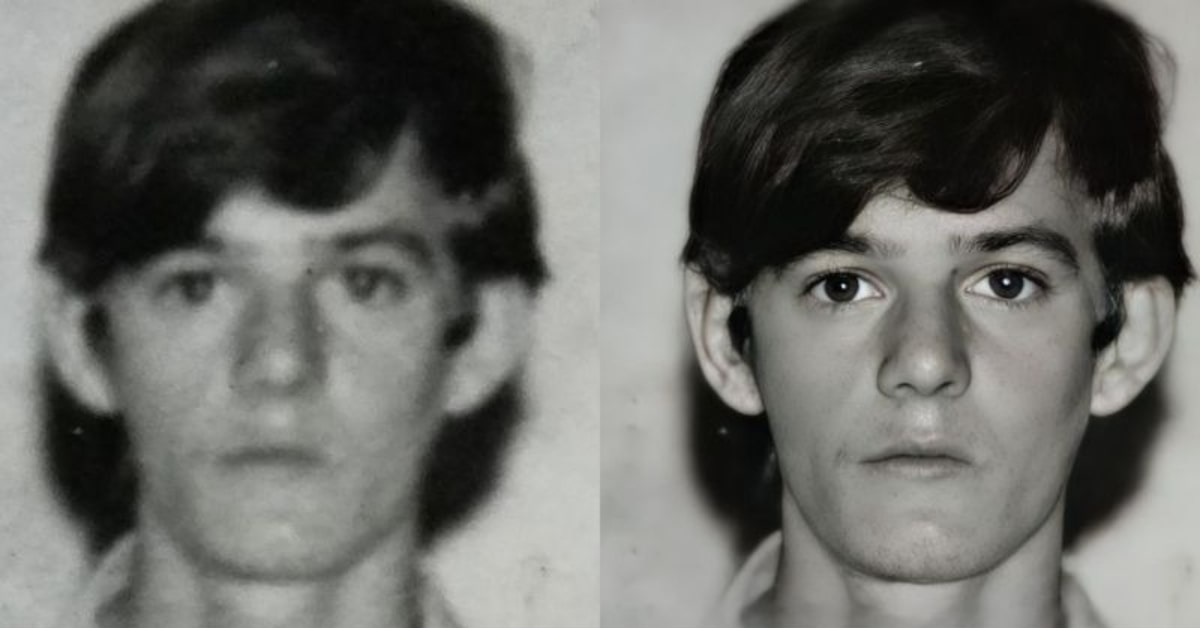Photo restoration is a magical process that can breathe new life into cherished memories captured in faded or damaged photographs. In recent years, advances in artificial intelligence have revolutionized this field, introducing powerful tools like GFP-GAN that can revive old, damaged, or deteriorated photos with astonishing results. In this article, we will explore the world of photo restoration with GFP-GAN, the innovative technology behind it, its applications, and how it has reshaped the way we preserve our visual history.
Art and Science of Photo Restoration
Photo restoration is the process of repairing and enhancing damaged or deteriorated photographs. It involves correcting issues like fading, discoloration, tears, and missing parts, resulting in images that look as good as new. Traditionally, this was a painstaking manual photo editing process, but modern technology has brought forth revolutionary tools like GFP-GAN.
GFP-GAN: The Technology Behind the Magic
a. Generative Adversarial Networks (GANs): GANs are a class of artificial intelligence models that excel in generating content. They consist of two parts: a generator that creates content and a discriminator that evaluates it. GANs continuously improve their output by competing with each other.
b. Green Filtered Pixel GAN (GFP-GAN): GFP-GAN is a specialized GAN designed for photo restoration. It utilizes the principles of GANs to restore photos, with an emphasis on bringing back the true colors and details of the original image.
Applications of Photo Restoration with GFP-GAN
a. Family Archives: GFP-GAN can breathe new life into family photos, preserving memories for generations to come.
b. Historical Documents: Restoring historical documents and photos is crucial for preserving cultural heritage and historical records.
c. Art and Cultural Heritage: GFP-GAN has been used to restore classic paintings and artifacts, reviving their original splendor.
d. Professional Photography: Photographers can use GFP-GAN to salvage or enhance images, ensuring their work remains timeless.
e. Forensic Analysis: In forensics, photo restoration plays a role in criminal investigations, where restoring evidence is essential.
Steps to Restore Photos with GFP-GAN
- Photo Selection: Choose the photo to be restored, ensuring it is of high quality for better results.
- GFP-GAN Application: Utilize a GFP-GAN tool, which is typically available as software or online services.
- Adjust Parameters: Fine-tune restoration parameters like color correction, damage repair, and sharpness.
- Review and Edit: Carefully review the restored image, making additional edits if necessary.
- Save the Restored Photo: Save the final, restored image in a suitable format for sharing or printing.
Conclusion
Photo restoration with GFP-GAN is a technological marvel that has transformed the way we preserve our visual history. Whether it’s bringing back the vibrant colors of family photos or preserving historical documents and cultural heritage, GFP-GAN has demonstrated its incredible potential. By understanding the technology and its applications, individuals and professionals alike can harness the power of GFP-GAN to restore and safeguard their most precious visual memories. Dive into the world of photo restoration with GFP-GAN, where the past comes alive with vivid colors and remarkable details.
FAQs
What makes GFP-GAN different from other photo restoration techniques?
GFP-GAN’s unique approach to photo restoration focuses on preserving original colors and details, resulting in exceptional restoration quality.
Can I use GFP-GAN for personal photo restoration projects?
Yes, many GFP-GAN tools are accessible to individuals for personal use.
How accurate is GFP-GAN in restoring photos?
GFP-GAN has shown remarkable accuracy in restoring photos, especially when working with high-quality source images.
Are there ethical considerations when using GFP-GAN for photo restoration?
Ethical considerations include ensuring the restoration respects the intent and historical context of the original image.
Can GFP-GAN restore severely damaged or torn photos?
While GFP-GAN is powerful, severely damaged photos may require additional manual restoration.
This page was last edited on 22 February 2024, at 9:41 am
